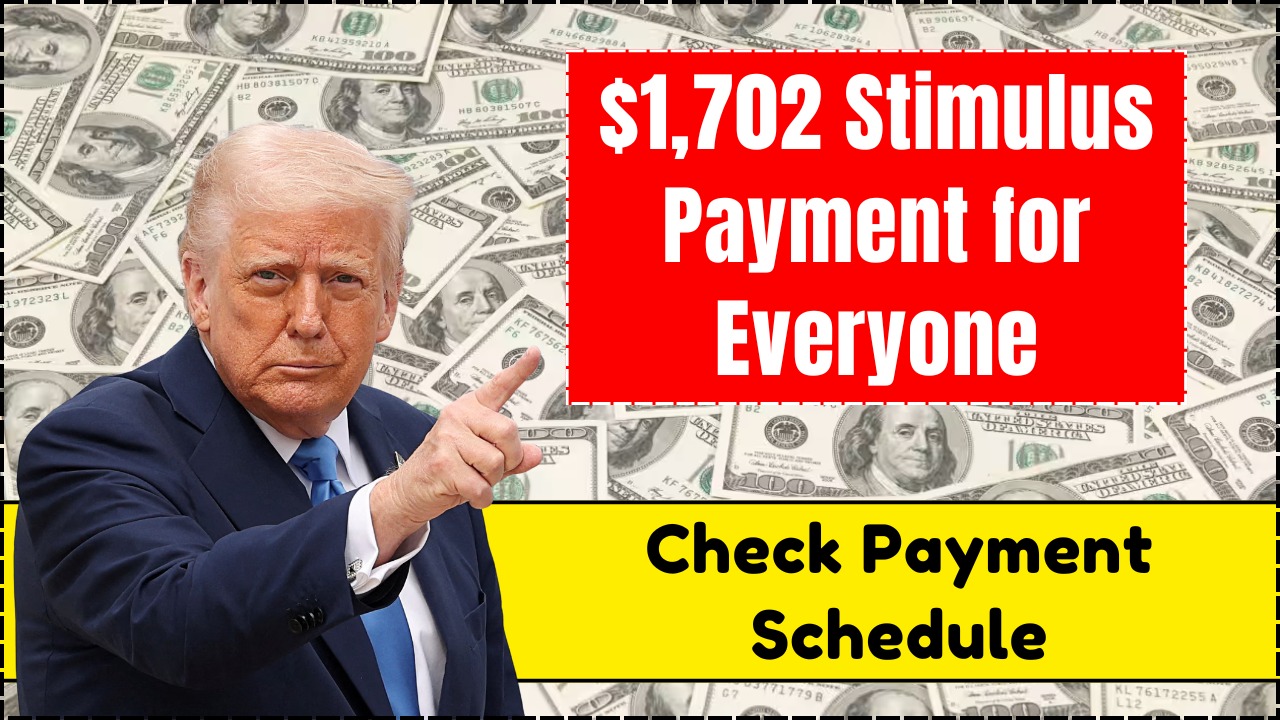
Millions of Americans carrying the burden of student loans can finally expect some much-needed clarity in 2025. After months of uncertainty, the federal government has announced the reintroduction of the Income-Driven Repayment (IDR) Loan Forgiveness Tracker, a tool that many borrowers relied on to track progress toward student loan forgiveness.
This comes after an important meeting between Senator Elizabeth Warren and U.S. Secretary of Education Linda McMahon, where several positive updates were shared regarding student loan relief programs. The reactivation of the tracker is just one piece of the broader conversation surrounding reforms, legislative proposals, and plans in the student loan repayment landscape.
Table of Contents
Overview
| Key Aspect | Description |
|---|---|
| Tool Name | IDR Student Loan Forgiveness Tracker |
| Status | To be reinstated soon, after removal in April 2025 |
| Who It Helps | Borrowers under IBR, PAYE, ICR, and SAVE plans |
| Functionality | Tracks months counted toward loan forgiveness |
| Why It Was Removed | Technical issues, legal conflicts, and data inaccuracies |
| Additional Commitments | No loan transfer without Congress approval; pause on Social Security garnishments |
| Potential Challenges | SAVE and other IDR plans under legal scrutiny; legislative attempts to overhaul IDR |
What is the IDR Student Loan Forgiveness Tracker?
The IDR Loan Forgiveness Tracker is an online feature that was previously available on StudentAid.gov, the U.S. Department of Education’s official platform. It was designed to provide borrowers enrolled in IDR plans with real-time information on their progress toward student loan forgiveness.
IDR Plans Covered by the Tracker:
- Income-Based Repayment (IBR)
- Pay As You Earn (PAYE)
- Income-Contingent Repayment (ICR)
- Saving on a Valuable Education (SAVE)
These plans offer monthly payments that adjust based on the borrower’s income and family size. After making consistent payments for 20 or 25 years (depending on the plan), any remaining loan balance may be forgiven.
Why Was the Tracker Removed?
In April 2025, the Department of Education removed the tracker from StudentAid.gov without much warning. The official explanation was vague, citing the need to “improve data integrity.” Borrowers reported several issues, including:
- Missing qualifying months
- Incorrect payment histories
- Lack of updates due to legal blockades of some IDR plans
Some technical inaccuracies were further compounded by ongoing litigation that challenged the legality of certain IDR programs like SAVE, PAYE, and ICR. These inconsistencies made the tracker unreliable for many users, prompting its removal.
Key Development
Thanks to direct intervention from Senator Elizabeth Warren, Education Secretary Linda McMahon confirmed that the IDR tracker will soon be restored. During their meeting, McMahon reassured that the tool would return in an improved and more accurate form.
This news has sparked relief among borrowers who rely on the tracker to:
- Monitor progress
- Budget accordingly
- Plan for long-term financial commitments
- Estimate when their loans may be forgiven
The restoration reflects the administration’s ongoing commitment to making student loan repayment more transparent and accessible.
Other Promises and Commitments
Beyond the tracker’s return, Senator Warren secured several additional commitments from the Department of Education:
1. No Transfer of Loan Servicing Without Approval
The Education Department will not transfer the federal student loan portfolio to another agency without first obtaining Congressional approval. This ensures continuity and oversight.
2. Protection for Seniors and Defaulted Borrowers
The department pledged to continue the pause on garnishment of Social Security benefits for borrowers in default. This is crucial for older Americans who rely heavily on these payments.
Legal and Political Challenges
Despite these positive steps, there’s uncertainty ahead. Several court decisions have blocked IDR plans like SAVE, casting doubt on their future. Furthermore, Republican lawmakers are actively pushing for reforms to restructure or eliminate current IDR options.
Proposed Legislative Changes Include:
- Eliminating SAVE, PAYE, and ICR
- Introducing a new Repayment Assistance Plan (RAP)
- Extending repayment terms to 30 years
- Raising monthly payments for low-income borrowers
Such proposals, if passed, could drastically alter the loan repayment landscape, potentially making it more difficult for low-income Americans to qualify for affordable payment plans or forgiveness.
Q1: What is the student loan forgiveness tracker?
A: It’s a tool that shows your progress toward loan forgiveness under income-driven repayment plans.
Q2: When will the tracker return?
A: The Department of Education has confirmed it will be restored soon in 2025.
Q3: Will forgiven student loans be taxed?
A: In some cases, forgiven loans may be considered taxable income, depending on IRS rules.





